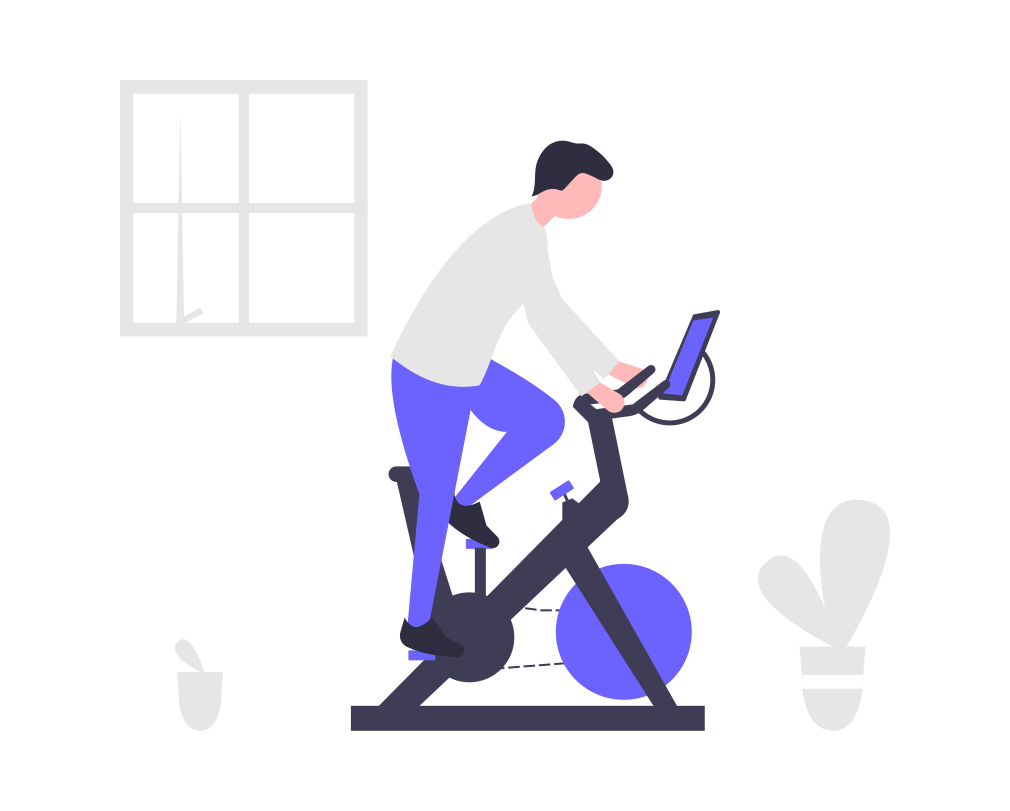Decreasing High Intensity Intervals: Breakthrough for Cycling?
Riding on the edge of one’s aerobic capacity is a rite of passage for any dedicated cyclist. But what if there was a more efficient, science-backed way to push the envelope? The decreasing high intensity intervals breakthrough appears to be just that.
Insights from the Research on Decreasing High Intensity Intervals
When cycling, having a high VO2 max can be a significant advantage, but what’s more intriguing is how quickly and efficiently one can reach and maintain this peak oxygen consumption. This is where this new way of interval training come into play.
Understanding the Format
The beauty of decreasing high intensity intervals lies in their simplicity. You start with a longer burst of intense effort, like 4 minutes, followed by a rest. Each subsequent effort decreases in duration, such as 3 minutes, then 2 minutes, and so on.
In the study by Vaccari and team, three types of intervals were compared:
- Long intervals
- Short intervals
- Decreasing intervals
The magic of the decreasing intervals was evident when it outperformed the other formats, letting cyclists spend more time above 90% of their VO2 max.
Depletion and Oxygen Consumption
The success of the decreasing high intensity intervals may be linked to the depletion of phosphocreatinine (PCr) in muscles. The initial long bout in the decreasing sequence accelerates the depletion of PCr, which is crucial for making energy available for muscle work. This faster depletion correlates with a quicker rise in oxygen consumption.
Subsequent shorter intervals with decreasing recovery periods don’t allow for complete replenishment of PCr, ensuring a consistently elevated oxygen consumption throughout the workout.
Practical Implications
For cyclists, this isn’t just academic. The study suggests that by employing decreasing high intensity intervals, riders might tap into their peak aerobic capacity more efficiently and maintain it for longer. Plus, there’s no increased perception of exertion; the athletes rated all workout formats as equally challenging. This means cyclists can reap greater benefits without feeling like they’re working any harder.
Sample Workouts Inspired by Decreasing High Intensity Intervals
Harnessing the revelations from the literature, integrating decreasing high intensity intervals into your training regime can be a game-changer. Here are two sample workouts inspired by the research:
Workout 1: Intro to Decreasing High Intensity Intervals
Objective: Familiarize yourself with the concept of decreasing intervals and gauge your body’s initial response.
- Warm-Up: 15 minutes of easy spinning, slowly increasing intensity.
- Main Set:
- Start with a 4-minute high-intensity effort at roughly 90-95% of your max effort.
- Follow with a 3-minute rest.
- Proceed with a 3-minute high-intensity effort.
- Rest for 2 minutes 15 seconds.
- Push through a 2-minute high-intensity effort.
- Take a 1-minute 30-second break.
- Finish with a 1-minute high-intensity burst.
- Conclude the main set with a 45-second rest.
- Cool Down: 10-15 minutes of easy spinning, gradually decreasing intensity.
Workout 2: Advanced Decreasing Intervals
Objective: Challenge your aerobic capacity, aiming to spend more time close to your VO2 max.
- Warm-Up: 20 minutes progressive warm-up, mixing in a few short, high-cadence efforts.
- Main Set:
- Begin with a 5-minute high-intensity effort at around 95% of your max.
- Follow with a 4-minute rest.
- Continue with a 4-minute high-intensity effort.
- Rest for 3 minutes.
- Engage in a 3-minute high-intensity push.
- Recover for 2 minutes 15 seconds.
- Launch into a 2-minute high-intensity effort.
- Rest for 1 minute 30 seconds.
- Finish with a 1-minute high-intensity burst, giving it all you have left.
- Conclude the main set with a 45-second rest.
- Cool Down: 15 minutes of easy spinning, ensuring a smooth transition to a resting state.
Remember, these decreasing high intensity intervals should be executed at a constant power output that’s challenging but sustainable. Always listen to your body and adjust the workouts as needed. Over time, as your aerobic capacity and tolerance to these intervals increase, you can experiment with tweaking the durations and intensity levels to further challenge yourself.
The Takeaway on Decreasing High Intensity Intervals
While VO2 max is essential, the route to achieving and maintaining high oxygen consumption levels may have just been revamped. Decreasing high intensity intervals offer an exciting opportunity for cyclists to train smarter, not harder. Whether you’re training for your next race or just looking to push your aerobic boundaries, it’s a method worth exploring.
In the dynamic realm of cycling, these findings highlight the importance of being open to newer training modalities. After all, innovation, backed by science, might just be the ticket to your next personal best. Don’t forget to check out our free apps to help your training journey.








